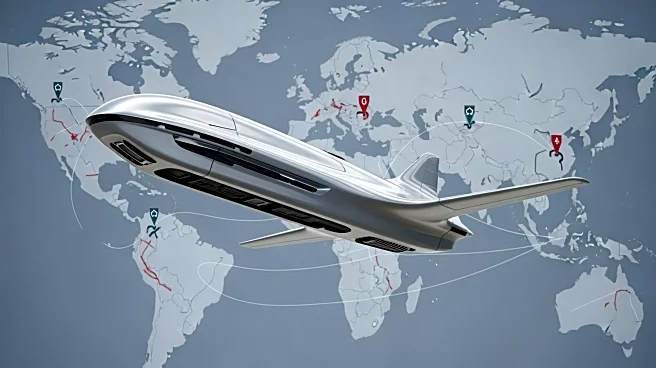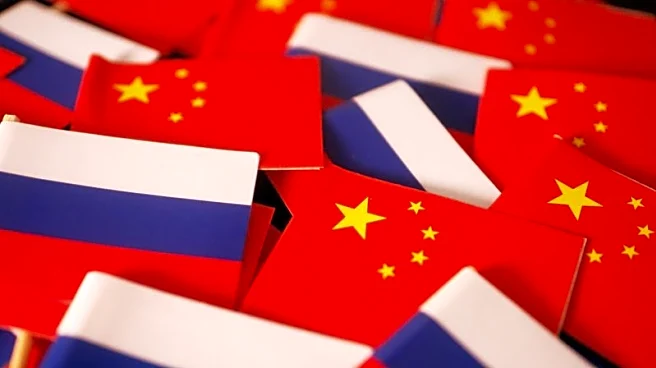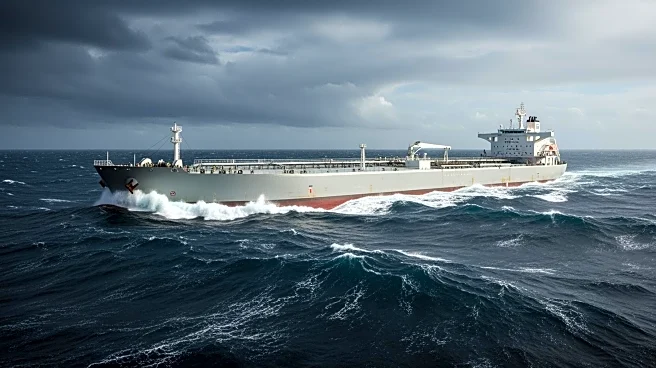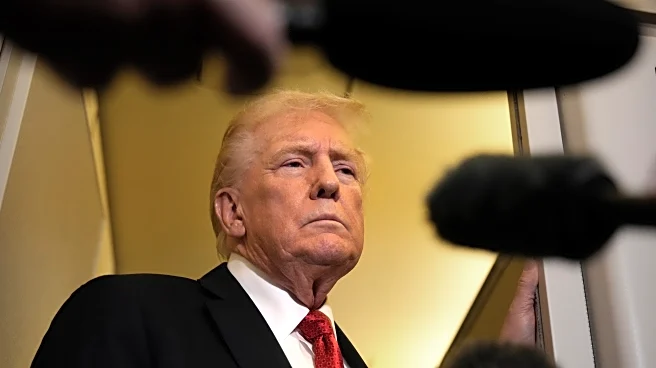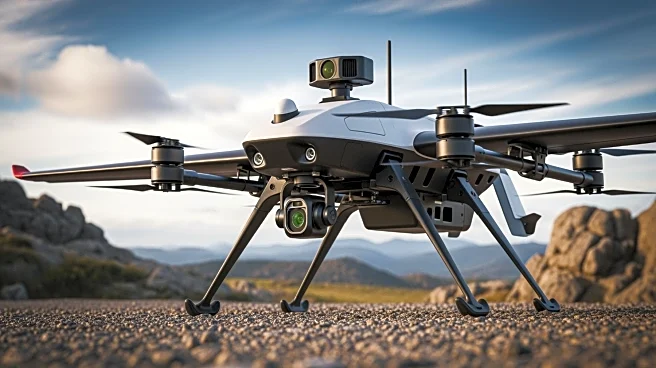What's Happening?
Loitering munitions, a type of aerial weapon capable of remaining airborne while searching for targets, have significantly altered the landscape of high-intensity warfare. These munitions, which can self-destruct
if a target is not identified, have become a crucial capability for modern militaries worldwide. Initially playing a limited role in the conflict in Ukraine, their use has expanded dramatically. The global market for these munitions is expected to nearly double from $1.3 billion in 2025 to $2.5 billion by 2035, with Ukraine projected to be the largest spender. Countries like Russia, the US, Taiwan, China, and Iran are also investing in these systems. Iran's Shahed drones, which have been used extensively by Russia in Ukraine, exemplify the growing trends in loitering munitions, including the use of AI for target identification and the ability to operate in GPS-denied environments.
Why It's Important?
The rise of loitering munitions represents a shift in military strategy towards 'precise mass,' where large fleets of relatively inexpensive systems are used at scale. This approach allows for more flexible and cost-effective military operations compared to traditional, expensive platforms. The increased adoption of these munitions could lead to a production level of over 100,000 units annually by 2029, indicating a significant impact on global defense strategies. The use of AI and other advanced technologies in these systems also highlights the ongoing integration of cutting-edge tech in military applications, potentially influencing future conflicts and defense policies.
What's Next?
As the market for loitering munitions grows, countries are likely to continue investing in these systems to enhance their military capabilities. The development of more advanced and cost-effective loitering munitions will likely continue, with a focus on miniaturization, scalability, and stealth. Additionally, the integration of AI and other technologies will likely advance, further enhancing the effectiveness and versatility of these systems in various military operations.


